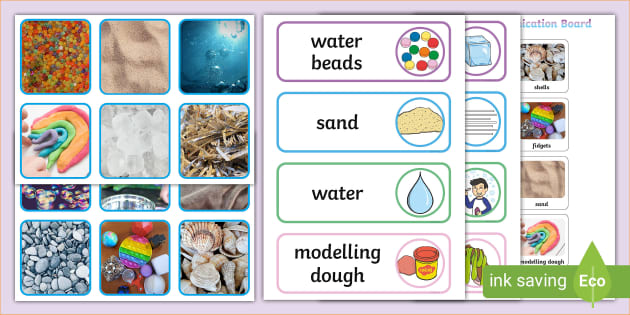Tax Tips for the Self-Employed
 The percentage of Americans working for themselves has fallen since the economic recovery began, according to the Labor Department. The reasons for this decline vary. They range from the difficulties of securing credit in the current environment to fears over how the new health care legislation or income tax rates will impact small businesses. But it’s not all doom and gloom for the self-employed. Recent census data has revealed that about 2,356 people go into business for themselves every day, and that these firms account for nearly 80 % of all businesses in the country, earning a whopping $951 billion in annual revenue.
The percentage of Americans working for themselves has fallen since the economic recovery began, according to the Labor Department. The reasons for this decline vary. They range from the difficulties of securing credit in the current environment to fears over how the new health care legislation or income tax rates will impact small businesses. But it’s not all doom and gloom for the self-employed. Recent census data has revealed that about 2,356 people go into business for themselves every day, and that these firms account for nearly 80 % of all businesses in the country, earning a whopping $951 billion in annual revenue.
Among the fastest-growing industries are Web search portals (41 %), Internet service providers (17 %), nail salons (18 %), electronic shopping and mail-order houses (12 %), recreational vehicle dealers (12 %) and landscaping services (11 %). The five states where small business growth was the fastest were the District of Columbia (10 %), Nevada (8 %), Florida (8 %), Georgia (8 %) and Utah (7 %).
These trends and statistics should prove noteworthy to tax professionals such as the CPA and the tax enrolled agent. Working with self-employed individuals remains one of the most viable outlets for drumming up new tax business. And apparently there is also a diverse small business population that at some will require the expert services of tax preparers. Of course providers of tax continuing education, the entities that help tax professionals meet important CPA and EA CPE requirements, have known this for years, creating entire EA CPE and tax CPE curriculum’s around helping the self-employed navigate tax law and requirements.
As tax professionals embark on the new tax season, and look to tap the large population of self-employed individuals looking for help, they would be well served to brush up on the following tax facts about self-employment:
(1) Self-employment can include work that extends beyond an individual’s regular full-time business activities, like part-time work from home
(2) The self-employed are generally responsible for paying the Self-employment Tax. The IRS defines this tax is a social security and Medicare tax specifically for individuals who work for themselves. It is helpful to think of this tax is comparable to the social security and Medicare taxes withheld from the pay of most wage earners. Tax preparers should figure the SE tax using a Form 1040 Schedule SE. The IRS also points out that half of the self-employment tax can be deducted when figuring the individual’s adjusted gross income.
(3) The majority of Self-employed individuals must also make estimated tax payments. This is usually the case even if these individuals have full-time or part-time jobs and their employers withhold taxes from their wages. Estimated tax is the method used to pay tax on income that is not subject to withholding. If an individual does not make quarterly payments, they may be slapped with a penalty for underpayment at the end of the tax year.
(4) Self-employed can deduct the costs of running a business. These costs, defined by the IRS as business expenses, do not have to capitalize or include in the cost of goods sold but can deduct in the current year.
(5) To qualify as deductible, a business expense must be both ordinary and necessary. An ordinary expense is defined as one that is common and accepted in the self-employed individual’s field of business. A necessary expense is defined as one that is helpful to, or appropriate for, carrying out the business. An expense does not have to be considered indispensable to qualify as necessary.
For more information, tax preparers should see IRS Publication 334, Tax Guide for Small Business, IRS Publication 535, Business Expenses and Publication 505, Tax Withholding and Estimated Tax.
IRS Circular 230 Disclosure
Pursuant to the requirements of the Internal Revenue Service Circular 230, we inform you that, to the extent any advice relating to a Federal tax issue is contained in this communication, including in any attachments, it was not written or intended to be used, and cannot be used, for the purpose of (a) avoiding any tax related penalties that may be imposed on you or any other person under the Internal Revenue Code, or (b) promoting, marketing or recommending to another person any transaction or matter addressed in this communication.



